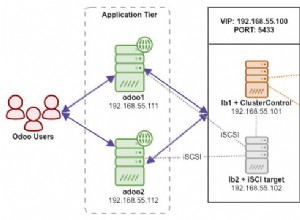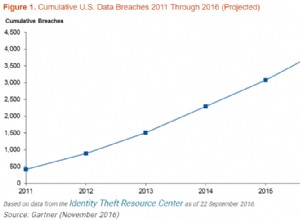"Best Practice"
Was auch immer Sie tun, packen Sie es in eine Funktion, z. seconds_between (from_date, to_date) - egal wie es das macht (wähle die effizienteste Methode) - dann wird es vollkommen offensichtlich sein was dein Code tut.
Leistung
Ich habe die beiden Methoden auf 11gR1 auf meinem Laptop (WinXP) mit dem folgenden Testfall getestet. Es scheint, dass die CAST-Option die schnellste ist. (t1 ist Baseline, t2 verwendet den extract -Methode verwendete t3 den cast Methode)
t1 (nothing) 3
t2 (extract) 338
t3 (cast) 101
t1 (nothing) 3
t2 (extract) 336
t3 (cast) 100
Skript testen
declare
x TIMESTAMP := SYSTIMESTAMP;
y TIMESTAMP := TRUNC(SYSDATE);
n PLS_INTEGER;
lc CONSTANT PLS_INTEGER := 1000000;
t1 PLS_INTEGER;
t2 PLS_INTEGER;
t3 PLS_INTEGER;
begin
t1 := DBMS_UTILITY.get_time;
for i in 1..lc loop
n := i;
end loop;
t1 := DBMS_UTILITY.get_time - t1;
t2 := DBMS_UTILITY.get_time;
for i in 1..lc loop
n := extract(day from (x-y))*24*60*60
+ extract(hour from (x-y))*60*60
+ extract(minute from (x-y))*60
+ extract(second from (x-y));
end loop;
t2 := DBMS_UTILITY.get_time - t2;
t3 := DBMS_UTILITY.get_time;
for i in 1..lc loop
n := ( CAST( x AS DATE ) - CAST( y AS DATE ) ) * 86400;
end loop;
t3 := DBMS_UTILITY.get_time - t3;
dbms_output.put_line('t1 (nothing) ' || t1);
dbms_output.put_line('t2 (extract) ' || t2);
dbms_output.put_line('t3 (cast) ' || t3);
end;




